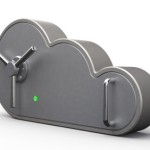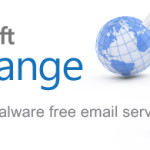September 25, 2013 | By Sean Buckley
Windstream (Nasdaq: WIN) may be transforming itself into a enterprise services-focused company, but its consumer broadband business remains its second fastest growing revenue stream in its portfolio.
 |
| Gardner (Image source: Windstream) |
Having penetrated 71 percent of its access lines with broadband, the service provider continues to increase speeds to 12 and 20 Mbps and grow top line revenues.
Serving mainly rural towns, 63 percent of the telco’s customers subscribe to a 6 Mbps or higher service.
Speaking at the Goldman Sachs 22nd Annual Communacopia Conference, Jeff Gardner, CEO and president, said that Windstream is getting about $10 a month from complementary services such as hosting and virus protection it sells to consumers.
“From the beginning we know we’d come to a point where we’d have high penetration, and the future of our revenue growth would be dependent on us further monetizing the broadband pipe into the home by selling other features,” Gardner said. “We’ve got these bundle adders like tech refresh, which helps people manage their PCs at home, software virus protection, and hosting.”
The service provider received $183 million in Rural Utility Service (RUS) broadband stimulus funds that was matched by $70 million of its own capital. It expects to complete those projects by next year.
“Once we build out these stimulus sites, they have very high penetration rates,” Gardner said. “Well over 50 percent of the homes passed will subscribe to our service.”
In addition, the service provider is pursuing $60.4 million in incremental funding from CAF-I. It has also agreed to use $63.5 million above its initial allocation for a total of over $123.9 million.
A key focus will be on extending fiber to remote terminal sites that house necessary broadband loop carrier (BLC) equipment to deliver up to 12-20 Mbps DSL speeds to customers.
Gardner said the CAF money “will do two things: open up new rural markets similar to the stimulus money and in markets where we are copper fed we’ll have the opportunity to convert those to fiber.”
Regardless of its moves, the telco faces strong competition from cable, which has been offering standalone broadband packages to offset declines in their traditional video business.
“We’re doing well on the growth side,” Gardner said. “We’re seeing a little more disconnect because cable has been more aggressive than they’ve ever been, and often broadband has become more strategic to the cable companies in their offering as a standalone product.”






